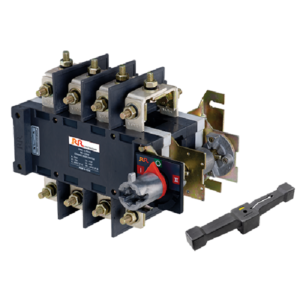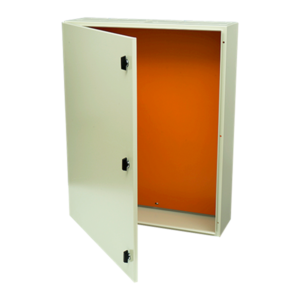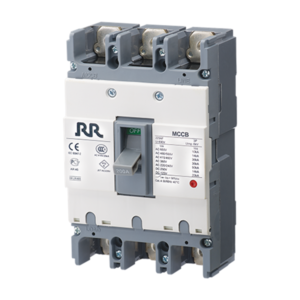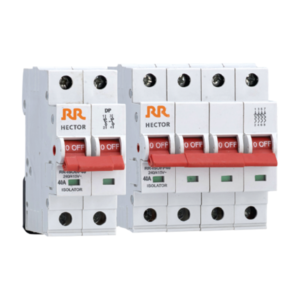Earth Leakage Circuit Breaker (ELCB)
An Earth Leakage Circuit Breaker (ELCB), also known as a Residual Current Device (RCD), is a safety device used in electrical circuits to protect against electric shock. It operates by detecting a difference in current between the live and neutral conductors, which can indicate a leakage current to earth.
How ELCBs Work:
Current Measurement: ELCBs continuously monitor the current flowing through the live and neutral conductors.
Leakage Detection: If there’s a difference between the live and neutral currents (indicating a leakage current to earth), the ELCB trips.
Circuit Interruption: When the ELCB trips, it interrupts the power supply to the circuit, preventing electric shock.
Types of ELCBs:
AC ELCBs: These are designed to detect alternating current leakage. They are commonly used in residential and commercial applications.
DC ELCBs: These are designed to detect direct current leakage. They are used in applications with DC power sources, such as solar systems and battery banks.
Combined AC/DC ELCBs: These can detect both AC and DC leakage currents.
Applications of ELCBs:
Residential Wiring: Protecting people from electric shock in homes and apartments.
Commercial Buildings: Protecting employees and visitors in offices, retail spaces, and industrial facilities.
Outdoor Installations: Protecting electrical equipment in outdoor areas, such as gardens, construction sites, and swimming pools.
Portable Appliances: Protecting users of portable electrical devices, such as power tools and extension cords.
Benefits of Using ELCBs:
Safety: Prevent electric shock and reduce the risk of electrocution.
Protection: Protect electrical equipment from damage caused by leakage currents.
Compliance: Ensure compliance with electrical safety regulations.
Choosing the Right ELCB:
When selecting an ELCB, consider the following factors:
Current Rating: Choose an ELCB with a current rating appropriate for the circuit it will protect.
Sensitivity: Select a sensitivity level that matches the specific requirements of your application.
Type: Choose an AC, DC, or combined AC/DC ELCB based on the type of power source you are using.
Installation Location: Consider the installation location and any environmental factors that may affect the ELCB’s performance.






Reviews
There are no reviews yet.